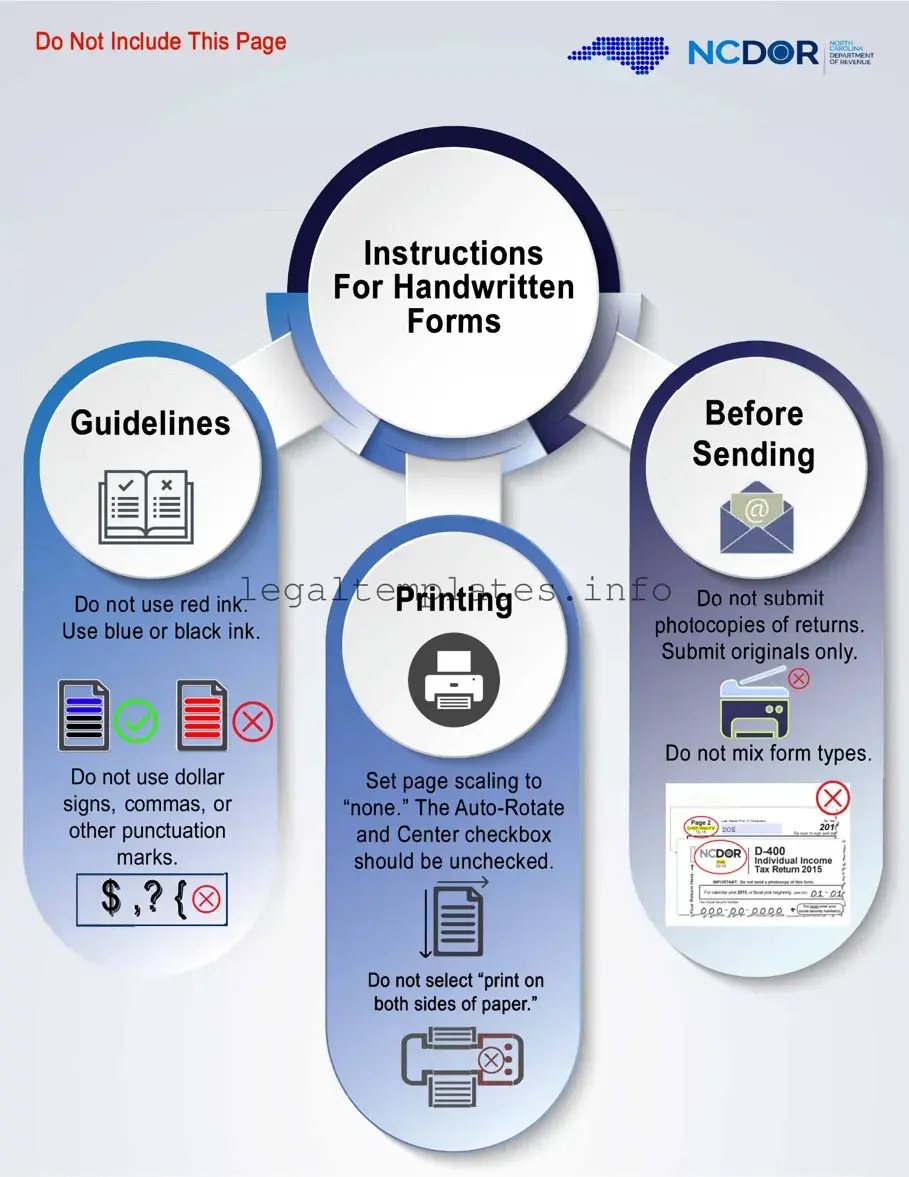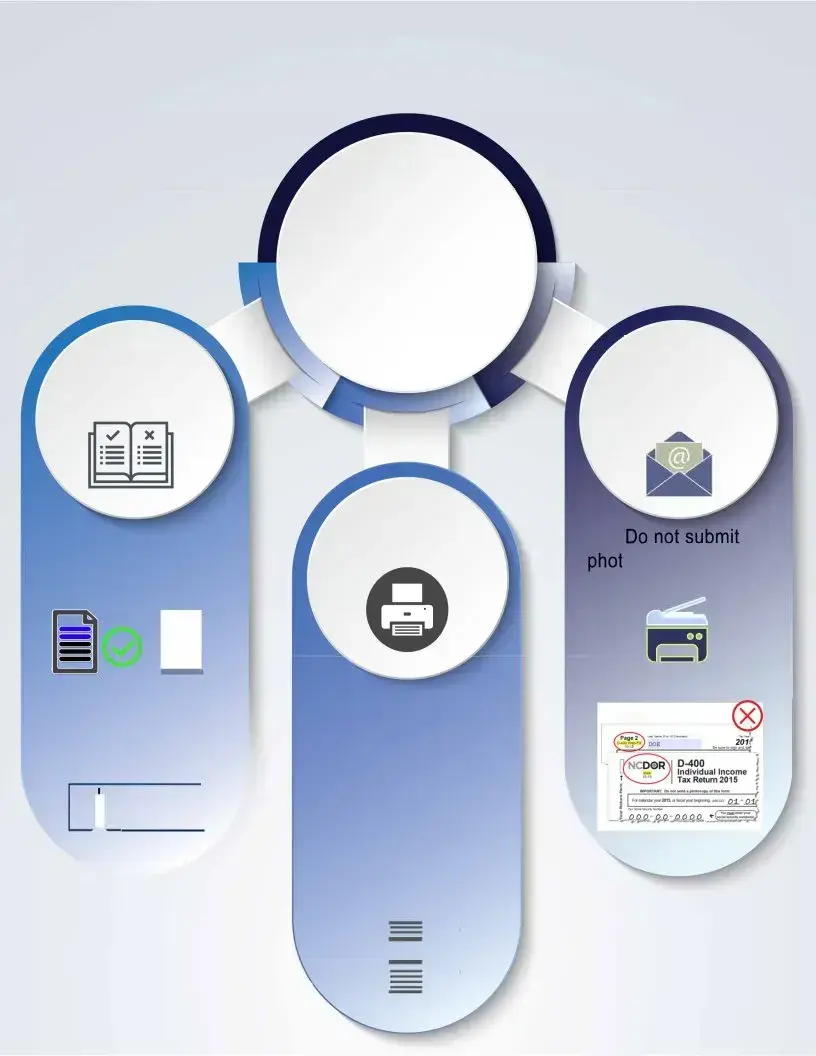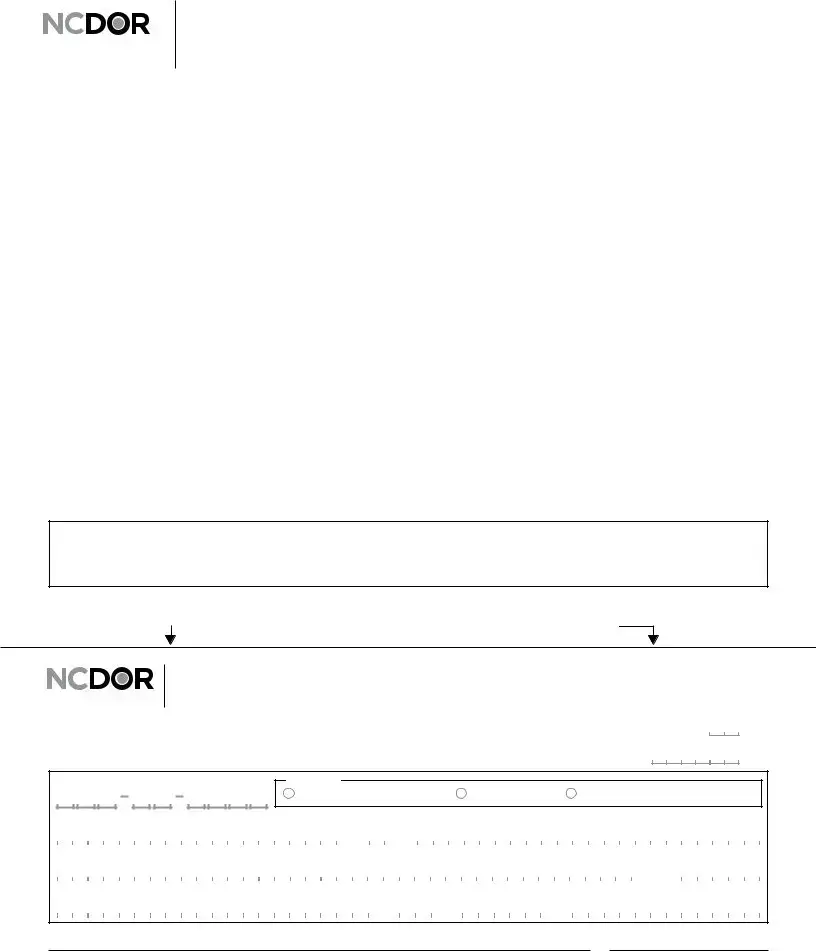What is the NC-4 Form?
The NC-4 Form, also known as the Employee’s Withholding Allowance Certificate, is a document that employees in North Carolina use to determine the amount of state income tax that should be withheld from their paychecks. By completing this form, your employer can withhold the correct amount of state tax from your income.
Who needs to fill out the NC-4 Form?
Every employee working in North Carolina should fill out an NC-4 Form. This ensures that the correct amount of state tax is withheld from their pay. If you do not submit an NC-4 to your employer, they are required to withhold state taxes as if you are single with zero allowances.
Are there different types of NC-4 Forms?
Yes. Besides the standard NC-4 form, there are two special versions: the NC-4 EZ and the NC-4 NRA. The NC-4 EZ is for individuals who plan to claim the N.C. Standard Deduction or the N.C. Child Deduction Amount and no other deductions or tax credits. Nonresident aliens must use the NC-4 NRA form.
What if I have multiple jobs?
If you work more than one job in North Carolina, you should calculate your total allowances using one NC-4 form and claim them all on the form you submit to your highest-paying job. If you have significant nonwage income, like interest or dividends, you may need to make estimated tax payments using Form NC-40.
How do married taxpayers complete the NC-4?
Married taxpayers must decide whether to fill out the form using “Married Filing Jointly” or “Married Filing Separately” statuses. Your combined income, adjustments, and deductions (for joint filers) or individual income and deductions (for separate filers) will affect how you complete the form.
What happens if I provide false information on my NC-4?
Supplying false information on your NC-4 with the intent to reduce tax withholding can result in a penalty. Specifically, you could face a penalty of 50% of the amount of tax that was not withheld due to the inaccurate information provided.
Can I change my allowances during the year?
Yes, you should file a new NC-4 with your employer if your situation changes in a way that alters the number of allowances you're entitled to. This should be done within 10 days of the change. However, if you transition from "Head of Household" to another status after having maintained a household for most of the year, a new NC-4 is not required until the following year.
What are the consequences of not submitting an NC-4 form?
If you do not submit an NC-4 form, your employer must withhold state income taxes as if you are single with no allowances. This might result in more tax being withheld than necessary, affecting your paycheck size.
Where can I find the NC-4 form and instructions?
You can obtain the NC-4 form and detailed instructions for completing it on the North Carolina Department of Revenue's website at www.ncdor.gov. Make sure to use the most current form to avoid processing delays.


 ®
® ,
, 
 Cut here and give this certificate to your employer. Keep the top portion for your records.
Cut here and give this certificate to your employer. Keep the top portion for your records.


